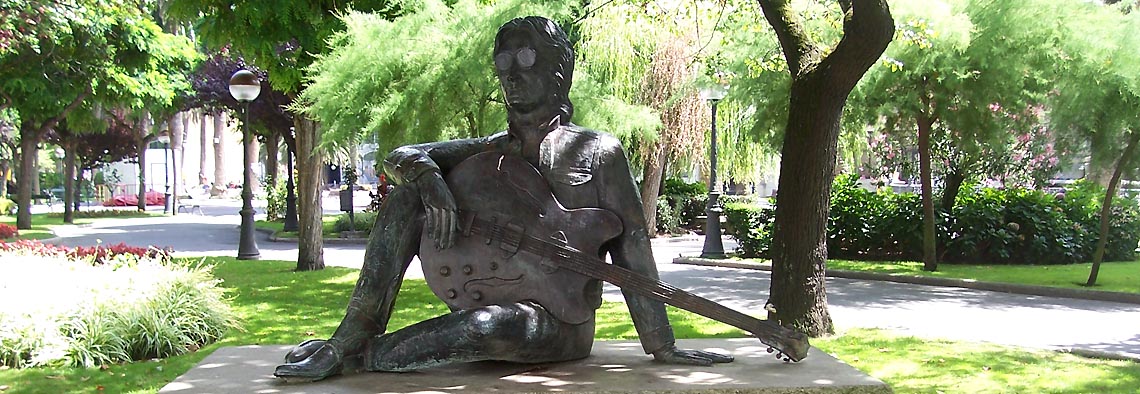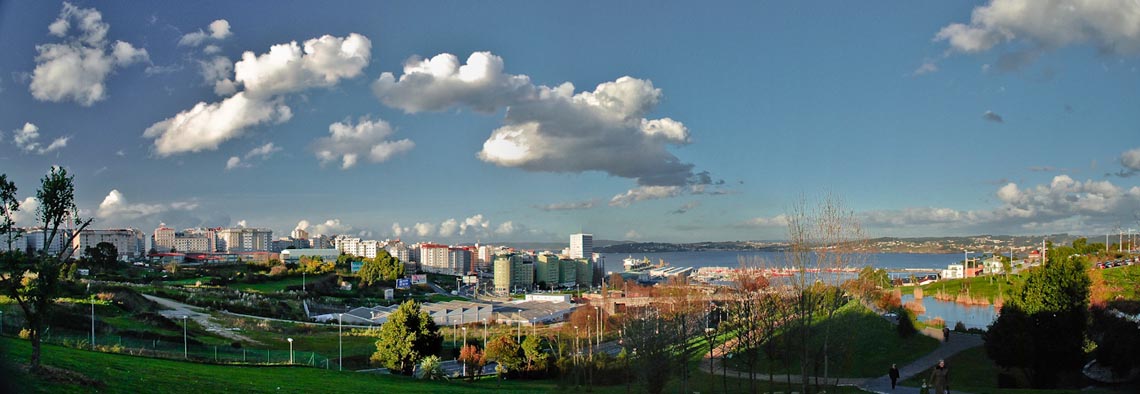Pompeii and Herculaneum
07 March, 2016
The beautiful region of Campania in southern Italy features two gems that enable us to spotlight daily life during the Roman period – Pompeii and Herculaneum. The fact that these archaeological sites are so well preserved – possibly more so than any other in Europe – on account of a natural disaster has a horrific, spine-chilling side to it. This somehow magnanimous tragedy was caused by the eruption of Mt Vesuvius on 24 August in AD 79, which buried in lava and ashes these two localities, which became frozen in time forever, or at least for many centuries. Nowadays both sites are places of pilgrimage for tourists, bystanders and scholars eager to find out more about Rome’s past.
Pompeii
Prior to forming part of the Roman Empire, Pompeii (Pompei, in Italian) was a Greek and Samnite settlement. In AD 62 it was struck by a terrible earthquake, which left part of the city in ruins. Interestingly enough, some remains from that time reveal Pompeii in the throes of reconstruction, as evinced in the Temple of Jupiter, or the plaques on some buildings featuring the names of benefactors who had helped fund the repair work. Unfortunately, their efforts were in vain, as the eruption of Vesuvius led it all to be smothered in lapilli, causing the death of the entire population and rendering Pompeii uninhabitable.
The city fell into oblivion until it was rediscovered and excavated in 1748 under Charles III of Spain, also known as Charles VII of Naples. Initially, the excavations were only intended to salvage valuable objects, which were then incorporated into the royal collection. Over time, however, the endeavours took on a more professional guise and archaeological work on the site continues even today. Stories from the past are still being unearthed, while work to preserve the ruins is ongoing.
A tour of Pompeii should be taken calmly. The itinerary usually takes about 3 to 4 hours and our first recommendation is to wear sturdy footwear and, should you visit the site in summer, to avoid the peak sunlight hours and wear sun protection. And, of course, to get the most out of your visit, it is advisable to secure a guide, who will orientate you and point out the various areas, or at least an audio guide. But, it is well worth the effort, as the itinerary is full of stories, anecdotes and a number of surprises. One such titbit is The House of the Tragic Poet, where in the vestibule you can see a mosaic with the inscription, Cave Canem (Beware of the Dog)! Or the risque frescoes in the changing rooms of the Underground Thermae, with sexually explicit scenes. Other thermae, known as the Stabian Baths, reveal a sophisticated system of heating using hot air, which circulated between the walls under the floor.
Be sure to visit the Villa dei Misteri, one of the most important buildings in the whole complex. A noteworthy feature of the interior is the stunning Dionysiac frieze, a series of frescoes depicting the rituals of initiation into the “bridal mysteries”. Another house, the House of the Vettii, one of the most luxurious in the city, boasts some excellent frescoes, some of which depict trompe l'oeil views of architecture.
Herculaneum
While Pompeii is more popular among visitors and covers a larger area, the best preserved ruins are to be found in Herculaneum (Ercolano, in Italian). This is true of the houses which in some cases are two-storeys buildings. In this instance the houses were both buried by and preserved for posterity by the pyroclastic flow of the eruption. Excavations got under way in 1738 and the finds unearthed here exerted a marked influence on Neoclassicism. Among the many that came to light in 1980 in the rooms or fornici were over 200 skeletons of people of all ages and social status huddled under archways who were burned by the heat given out by the volcano. Interestingly, they had taken refuge from the disaster with their most valuable belongings in harbour warehouses.
Herculaneum was smaller in size than Pompeii and excavations have revealed mainly houses, most of them with magnificent mosaics, as in the House of the Mosaic Atrium, the House of Neptune and Amphitrite and the House of the Skeleton. Other landmarks include the male and female bath houses which have yielded considerable details about life during those times.
National Archaeological Museum
We recommend rounding off your tour of those sites by a visit to the National Archaeological Museum in Naples, which houses a large part of the objects, frescoes and mosaics excavated at both Pompeii and Herculaneum.
Treat yourself to a getaway to Naples and travel back in time to Pompeii and Herculaneum.
Text by Los Viajes de ISABELYLUIS
Images by Pablo Cabezos, Andy Hay, Carlo Mirante, momo, Citi-zen, Aleksandr Zykov, Rachel Bickley, Amphipolis
07 March, 2016







